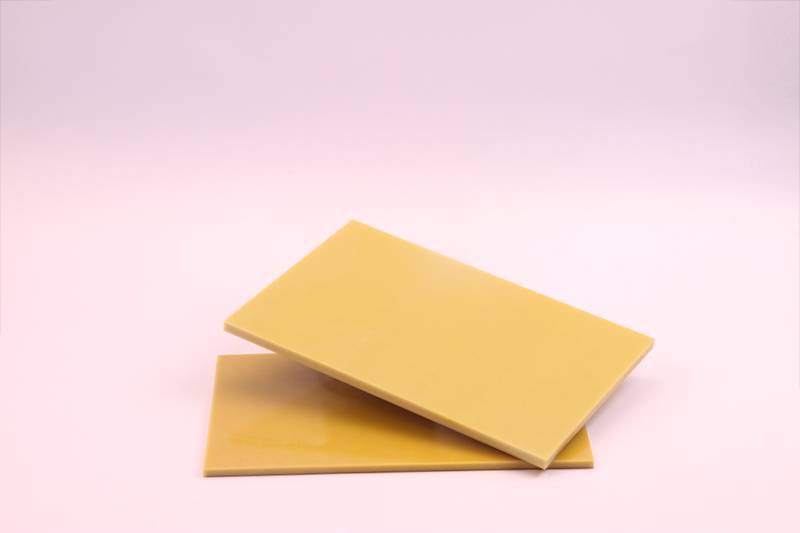FR-4 normal thickness and parameter classification
The commonly used copper thickness of FR4 copper clad laminate: 0.5 oz, 1 oz, 2 oz, and other copper thicknesses are also required, please consult the PCB manufacturer to determine. Commonly used thicknesses: 0.3mm, 0.4mm, 0.5mm, 0.6mm, 0.8mm, 1.0mm, 1.2mm, 1.5mm, 1.6mm, 1.8mm, 2.0mm, the thickness error of the plate depends on the production capacity of the plate factory.
FR4 classification: dielectric constant parameter, dielectric loss parameter, TG value parameter. The dielectric constant (Dk, ε, Er) determines the speed of electrical signal propagation in the medium. The speed of electrical signal propagation is inversely proportional to the square root of the dielectric constant. The lower the dielectric constant, the faster the signal transmission speed. Let’s make an image metaphor, just like you are running on the beach, the ankles are submerged in water, the viscosity of water is the dielectric constant, the more sticky the water, the higher the dielectric constant.

The dielectric constant is not very easy to measure or define. It is not only related to the characteristics of the medium itself, but also to the test method, test frequency, material state before and during the test. The dielectric constant also changes with temperature, and some special materials take into account the temperature during development. Humidity is also an important factor affecting the dielectric constant, because the dielectric constant of water is 70 and very little moisture that will cause significant changes.
FR4 sheet dielectric loss: the energy loss caused by the dielectric material under the electric field due to the hysteresis effect of dielectric conductance and dielectric polarization. Also called medium loss, referred to as dielectric loss. Under the action of an alternating electric field, the residual angle δ of the angle (power factor angle Φ) between the current phasor and the voltage phasor flowing in the dielectric is called the dielectric loss angle. The dielectric loss of FR4 sheet is generally 0.02, and the dielectric loss will increase with the increase of frequency.
FR4 sheet TG value: also known as glass transition temperature, generally 130 ℃, 140 ℃, 150 ℃, 170 ℃.
FR-4 is the code name of a flammable material grade, which means a material specification that resin materials must be able to extinguish themselves after burning. It is not a material name, but a material grade, so the general circuit board There are many types of FR-4 grade materials used, but most of them are composite materials made of so-called four-function (Tera-Function) epoxy resin plus filler and glass fiber.

FR-4 epoxy glass cloth laminate, according to different uses, the industry is generally called: FR-4 Epoxy Glass Cloth, insulation board, epoxy board, epoxy resin board, brominated epoxy resin board, FR-4 , Glass fiber board, glass fiber board, FR-4 reinforcement board, FPC reinforcement board, flexible circuit board reinforcement board, FR-4 epoxy resin board, flame retardant insulation board, FR-4 laminate board, epoxy board , FR-4 light board, FR-4 glass fiber board, epoxy glass cloth board, epoxy glass cloth laminate, circuit board drilling pad. Main technical characteristics and applications: electrical insulation can be stable, good flatness, smooth surface, no pits, thickness tolerance standards are suitable for products that require high-performance electronic insulation.Such as FPC reinforcement board, PCB drilling pads, glass fiber mesons, potentiometer carbon film printed fiberglass plates, precision planetary gears (wafer grinding), precision test plates, electrical (electrical) equipment insulation spacers, insulation pads, transformer insulation plates, motor insulation parts , grinding gear, electronic switch insulation board, etc.